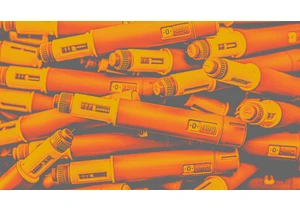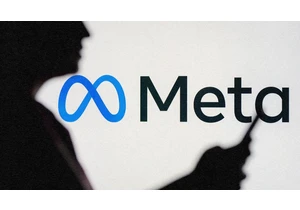The U.S. Commerce Department said on Tuesday it had finalized a $123 million grant for Polar Semiconductor to expand its plant in Minnesota, which would allow the company to nearly double its U.S. production capacity of power and sensor chips.
The award, part of the Biden administration’s $52.7 billion semiconductor manufacturing and research subsidy program, is the first in the program to be finalized by the department. Commerce will distribute funds based on Polar’s completion of project milestones.
Commerce Secretary Gina Raimondo said the award would help “create a new U.S.-owned foundry for sensor and power semiconductors” and boost Polar production from roughly 20,000 wafers per month to 40,000 serving aerospace, automotive, and defense needs.
The state of Minnesota is contributing $75 million to the $525 million expansion at Polar.
In April, Polar — 70% owned by Sanken Electric and 30% held by Allegro MicroSystems — said Niobrara Capital and Prysm Capital planned to invest $175 million for around 59% of Polar.
Commerce has allocated more than $35 billion for 26 projects including $6.4 billion in grants to South Korea’s Samsung to expand chip production in Texas, $8.5 billion for Intel, $6.6 billion for Taiwan’s TSMC to build out its American production and $6.1 billion for Micron Technology to fund U.S. factories.
The department must complete due diligence before it can finalize awards.
“We expect this to be the first of many awards to be finalized soon,” said top White House economic adviser Lael Brainard on Monday.
Added Raimondo: “You’re going to start to see more awards like this, dollars to companies in the coming weeks and months.”
The 2022 chips law championed by President Joe Biden aims to boost efforts to make the U.S. more competitive with China and dramatically expand U.S. chips production. The chips law also includes a 25% investment tax credit for building chip plants, estimated to be worth $24 billion.
Separately, Congress gave final approval on Monday to legislation that will streamline federal permitting processes for semiconductor manufacturing projects.
—David Shepardson, Reuters
Accedi per aggiungere un commento
Altri post in questo gruppo

Every now and then, you run into a tool that truly wows you.
It’s rare—especially nowadays, when everyone and their cousin is coming out with overhyped AI-centric codswallop tha

Tesla released its quarterly earnings report on Tuesday, its first since the company’s chief executive, Elon Musk, took up residence in the Trump White House and immediately began trying to fire f

There’s never a dull day in the world of weight-loss medication. This week brought new restrictions on compounded GLP-1 medication, the cheaper, copycat versions of brand-name drugs that tel

In December 2023, I wrote an article exploring Apple CEO Tim Cook’s most likely successors, because t

“Meta profits, kids pay the price,” was the message delivered by dozens of grieving families at the doors of Meta’s Manhattan office on Thursday.
Forty-five families traveled from

The world’s auto industry is getting a shake-up from Chinese automakers that

There’s Blue Sky and then there’s Bluesky.
Blue Sky, a paper goods company
